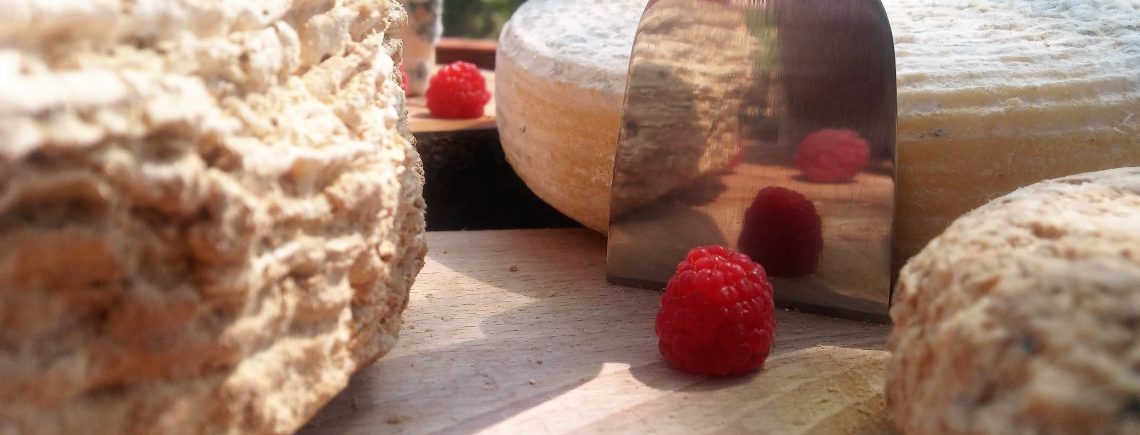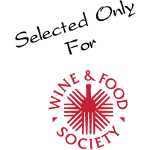Bulgarian CHEESE – THE LEGEND
Posted on by Wine & Food Society
By George Ganchev – Hedonique, Founder of Wine & Food Society
Photo Copyright: Wine & Food Society
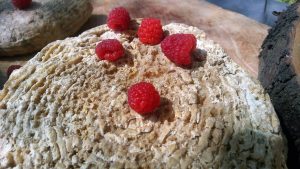 Cheese is mentioned in the Old Testament, but the earliest records of it are even more ancient. A legend tells how a merchant took a long journey through the desert. He took with him food and milk that he poured into dried sheep’s stomach. When he decided to quench his thirst, a trickle of water flowed out of his fur, and something nasty was glowing at the bottom. Sucks, but tasty – that’s how the merchant discovered the cheese.
Cheese is mentioned in the Old Testament, but the earliest records of it are even more ancient. A legend tells how a merchant took a long journey through the desert. He took with him food and milk that he poured into dried sheep’s stomach. When he decided to quench his thirst, a trickle of water flowed out of his fur, and something nasty was glowing at the bottom. Sucks, but tasty – that’s how the merchant discovered the cheese.
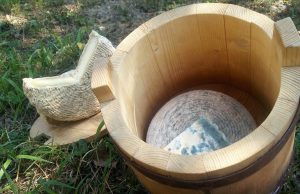 The truth turned out to be different. During excavations in Croatia, scientists discovered the most mature cheese in the world – at 7,200 years old, the find was found from the remains of brine cheese on rhytons and sieves used by Neolithic farmers.
The truth turned out to be different. During excavations in Croatia, scientists discovered the most mature cheese in the world – at 7,200 years old, the find was found from the remains of brine cheese on rhytons and sieves used by Neolithic farmers.
East of Croatia in Bulgaria, the heart of the Balkan Peninsula, since ancient times, cheese has been made mainly of sheep and goats. What distinguishes the dairy delicacy made here by everyone else in the world and lends it a lasting taste is Lactobacillus bulgaricus. The bacterium is 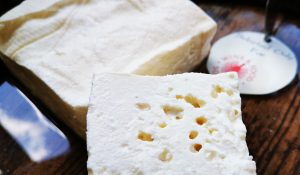 found freely in the nature of Bulgaria. It feeds on lactose and produces lactic acid, thanks to which the milk is stored, with the help of which the famous Bulgarian yogurt is produced.
found freely in the nature of Bulgaria. It feeds on lactose and produces lactic acid, thanks to which the milk is stored, with the help of which the famous Bulgarian yogurt is produced.
After The World War II, under the Paris Peace Treaty of 1947, Bulgaria was obliged to pay Greece $ 45 million, the current equivalent of which exceeds half a billion dollars in reparations. By the end of 1964, Bulgaria had paid up to the last cent 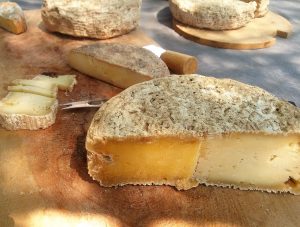 that huge sum in cheese and lamb. Due to this, a huge amount of Bulgarian cheese is sold on the international market as Feta. The difference between cheeses is huge in texture and taste. The original Greek Feta is made from goat’s milk and is soft.
that huge sum in cheese and lamb. Due to this, a huge amount of Bulgarian cheese is sold on the international market as Feta. The difference between cheeses is huge in texture and taste. The original Greek Feta is made from goat’s milk and is soft.
The traditional Bulgarian cheeses are:
White brined cheese made from cows, sheep, goats, buffalo and mixed milk. It is characteristic for it that the ripening period takes place in brine (water and sea salt).
Cashcaval is a kind of yellow hard cheese that has undergone a process of pre-ripening – chederisatsia. It is made from sheep or cow’s milk or a 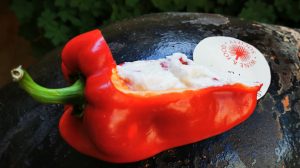 mixture. Minimum ripening period is about 60 days. A distinction should be made between Bulgarian yellow cheese – cashcaval, and yellow cheeses known in Europe.
mixture. Minimum ripening period is about 60 days. A distinction should be made between Bulgarian yellow cheese – cashcaval, and yellow cheeses known in Europe.
One of the forgotten treasures of Bulgaria, which in its authentic brew is made only at home, but has excellent taste and can last for years thanks only to salt and the local bacteria is Krokmach or Katak. It is made from sheep’s milk boiled in a 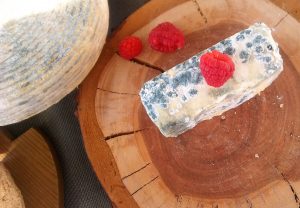 water bath only in July, August and early September. Served with red roasted pepper and leaves unique memories of the palate.
water bath only in July, August and early September. Served with red roasted pepper and leaves unique memories of the palate.
Another forgotten treasure, but in the top twenty of Europe, is the Green Cheese of Cherni Vit / Central Stara Planina /. It has recently undergone its Renaissance thanks to Mr. Tsvetan Dimitrov, who revived the tradition of this one-of-a-kind delicacy. It is prepared from the milk of 2 local breeds of sheep – Teteven and Karakachan, in a certain period of the year. 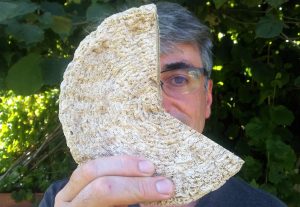 Thanks to one of the three European molds – Balkan and local bacteria is born something that can not be described, just to try.
Thanks to one of the three European molds – Balkan and local bacteria is born something that can not be described, just to try.
Search
Recent Posts
Recent Comments
- Naia Kelly on TASTE your EMOTION with Federico CAPOVILLA
- Mimi Houston on A NEW Sensory EXPERIENCE from AMSTERDAM



